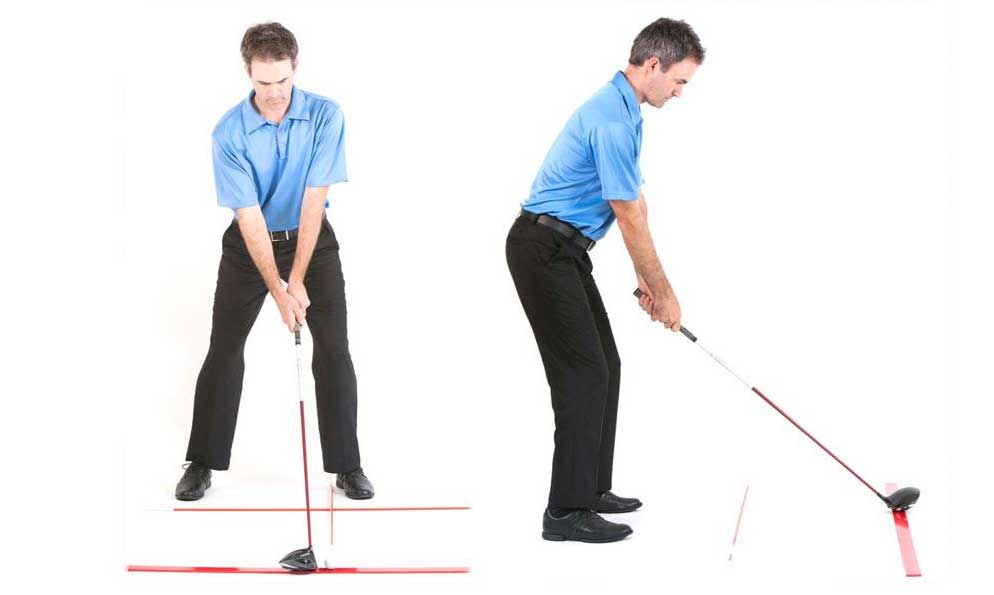COMMON DENOMINATORS – The Set-Up
By Greg Schulze
This is the second in my series on COMMON DENOMINATORS of top players. Who has the lower career score on the PGA Tour – Tiger Woods or Jim Furyk? Answer is Jim Furyk. Tiger’s career low round is 61 (multiple times), Jim has shot both 59 and the all-time record of 58! OK, who has the “prettier” swing, Tiger or Jim? Answer is subjective, but you KNOW the answer (if not, please YouTube both and watch ONE full swing of each and decide).
If Tiger has the “pretty” swing, and Furyk the “ugly” swing (a TV commentator once described his swing as “an octopus falling out of a tree”), how has each been so successful? We must conclude, that if their swings look different, while both are highly successful players, there must be COMMON DENOMINATORS which link them. Attempting to “fix” any area of your style, simply to convert it into a perceived “good-looking swing” without understanding if you are “installing” the common denominators is unproductive and a waste of time and effort. (My guess is Jim Furyk thinks HIS swing is beautiful!)
Gaining clarity on the common denominators allows the golfer to only focus their practice time on the most relevant things, not guessing for even one range ball, while also allowing you to keep the majority of your current swing style. In some surveys, amateur golfers were asked why they don’t take lessons, and one response is “I’m afraid he/she will want to change my whole swing.” Using your lessons to become aware of common denominators will accelerate your development while letting you stay you!
SET-UP COMMON DENOMINATOR
All elements of the set-up; grip, stance, posture, alignment, and ball position all should be constructed for bio-mechanical functionality. Big words which simply mean that the body has got to be ready to go from zero miles per hour at address to (in some stronger players) well over 100 miles per hour with a driver. If the body structure is not “stacked up” correctly, ball flight accuracy and distance will be greatly affected, but more importantly INJURY will most likely occur at some point.
As always, I would suggest one or more visits to your PGA Professional to “build” your set-up in a bio-mechanically functional way.



